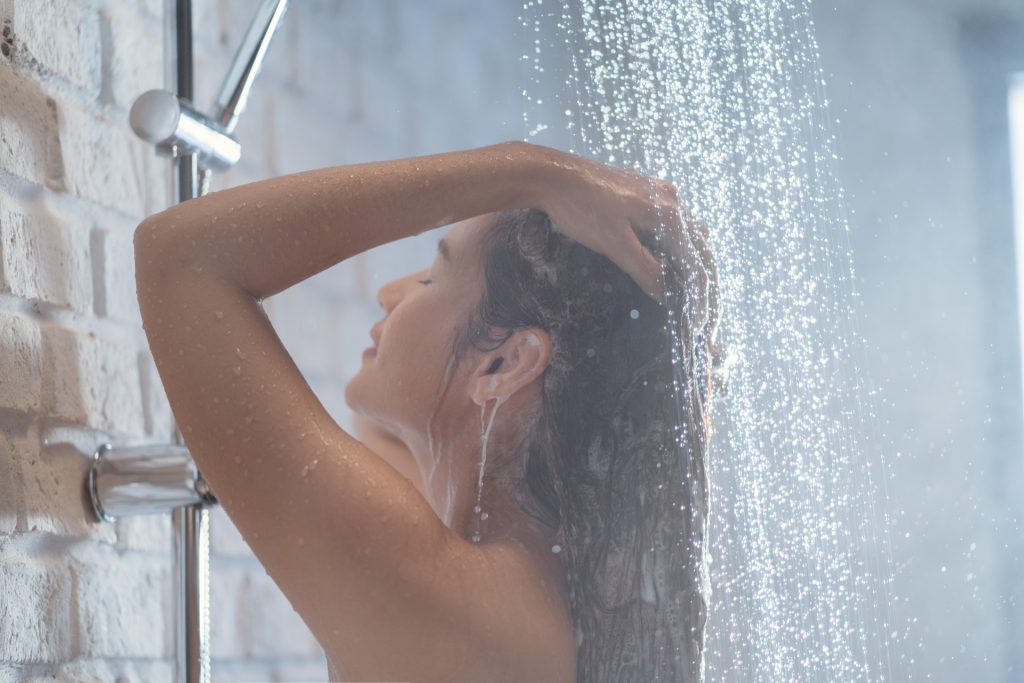From mental clarity to immune support, the chill may do more good than harm
Others are reading now
When it comes to wellness trends, few things are as surprisingly enduring—and surprisingly simple—as the cold shower.
While it may feel jarring at first, especially first thing in the morning, cold water exposure has become a go-to ritual for many looking to enhance their physical and mental health. But what does science actually say about the benefits?
Boosts Mood and Manages Pain
Cold water immersion is increasingly associated with mood enhancement.
A 2023 study found that just five minutes in cold water left participants feeling more alert, active, and even inspired. This is likely tied to the surge of endorphins the body releases in response to the shock of cold.
Also read
There’s also supportive evidence for using hydrotherapy to help manage chronic pain conditions like fibromyalgia, although warm water is often better tolerated in those cases.
Enhances Circulation and Metabolism
Cold showers may help improve cardiovascular efficiency. When exposed to cold water, the body works harder to maintain its core temperature, which in turn improves circulation.
Over time, this can support better blood flow and immune function.
They may also support metabolic health. Cold exposure has been linked to the activation of brown fat, the type of fat that helps regulate body temperature and is associated with improved weight regulation.
While the evidence isn’t conclusive on cold showers as a weight loss tool, their impact on hormone balance and digestive function could play a supporting role, according to Healthline.
Strengthens Immune Response
Cold water can stimulate the production of leukocytes, the white blood cells responsible for fighting infection.
This immune boost may explain why regular cold shower enthusiasts report fewer seasonal illnesses like colds or the flu. It’s not a replacement for vaccines or medical treatment, but it could offer added resistance against everyday pathogens.
What to Know Before You Start
Cold showers aren’t for everyone.
People managing serious mental health conditions or recovering from illness should consult with a medical professional before trying cold therapy. Additionally, they shouldn’t be considered a replacement for prescribed treatments.
The key is to ease into the practice. Begin by ending your regular warm shower with a 2- to 3-minute blast of cold water. Over time, you can gradually increase the duration and lower the temperature.
In the end, it’s not about punishing your body—it’s about training it to adapt and respond. And for many, that might be worth the chill.

